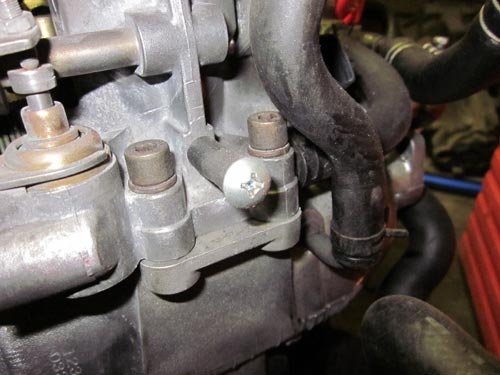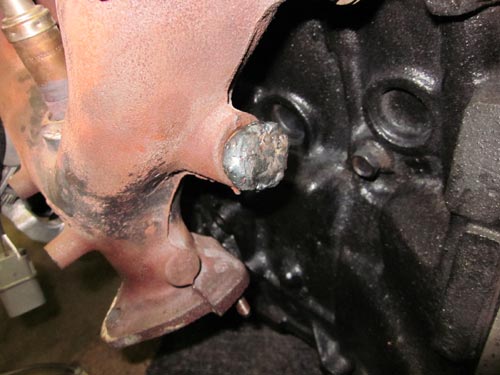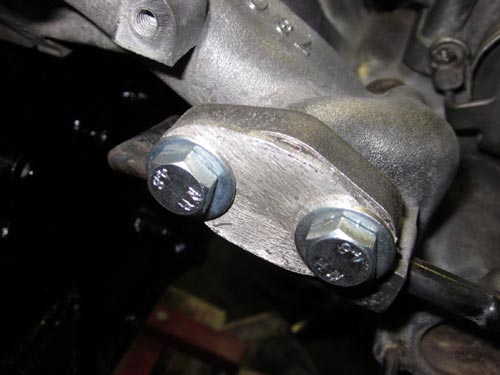The best possible mixture for a racer is as much fuel that can be burnt. Expect a couple of miles per liter.
The best possible mixture for a street racer, especially with o2 sensor which I assume most and really most people have,
https://en.wikipedia.org/wiki/Air–fuel_ratio and search for 'Engine management systems'
Such a system is a o2 sensor that tells the computer if there is a certain amount of oxygen left in the exhaust. A lot of oxygen and the computer will lengthen injector times. Not enough oxygen and the computer will shorten the injection times. For both aspirated and economical driving you want this.
On the other hand I happen to own two Nissan's same type engine but one has o2 sensor, the other doesn't. They both have a mass airflow sensor. The silly thing is that my 1 litre to 15 kilometres (approx 9 miles) is something I had to do a lot of work for.
The other car isn't well maintained in several ways and it gave me 1 litre to 14,6 kilometres. This computer can not tell if the exhaust gasses contain a lot of oxygen or not. There are base mappings that are being used. From this perspective having an o2 doen't seem to do much but it is a mandatory part or else the catalyzer will slowly melt and become worthless and you won't pass an emission test this way.
But for your question, your setup looks to like if the o2 sensor is getting less oxygen since you are venting exhaust fumes that do have parts of burnt fuel and burnt fuel comes out with air that has slightly less oxygen then regular air.
By checking your fuel consumption (you will need to create exact usage figures with the same driving (really) on atleast a tank per modifications I need your before and after fuel consumption, your current power gains and your loss to the throttle response, together with spark plug colour which will probably tell if you have a too rich or too lean mixture there. And with bad fuel economy you might expect lean looking spark plugs but this doesn't have to be the case.







